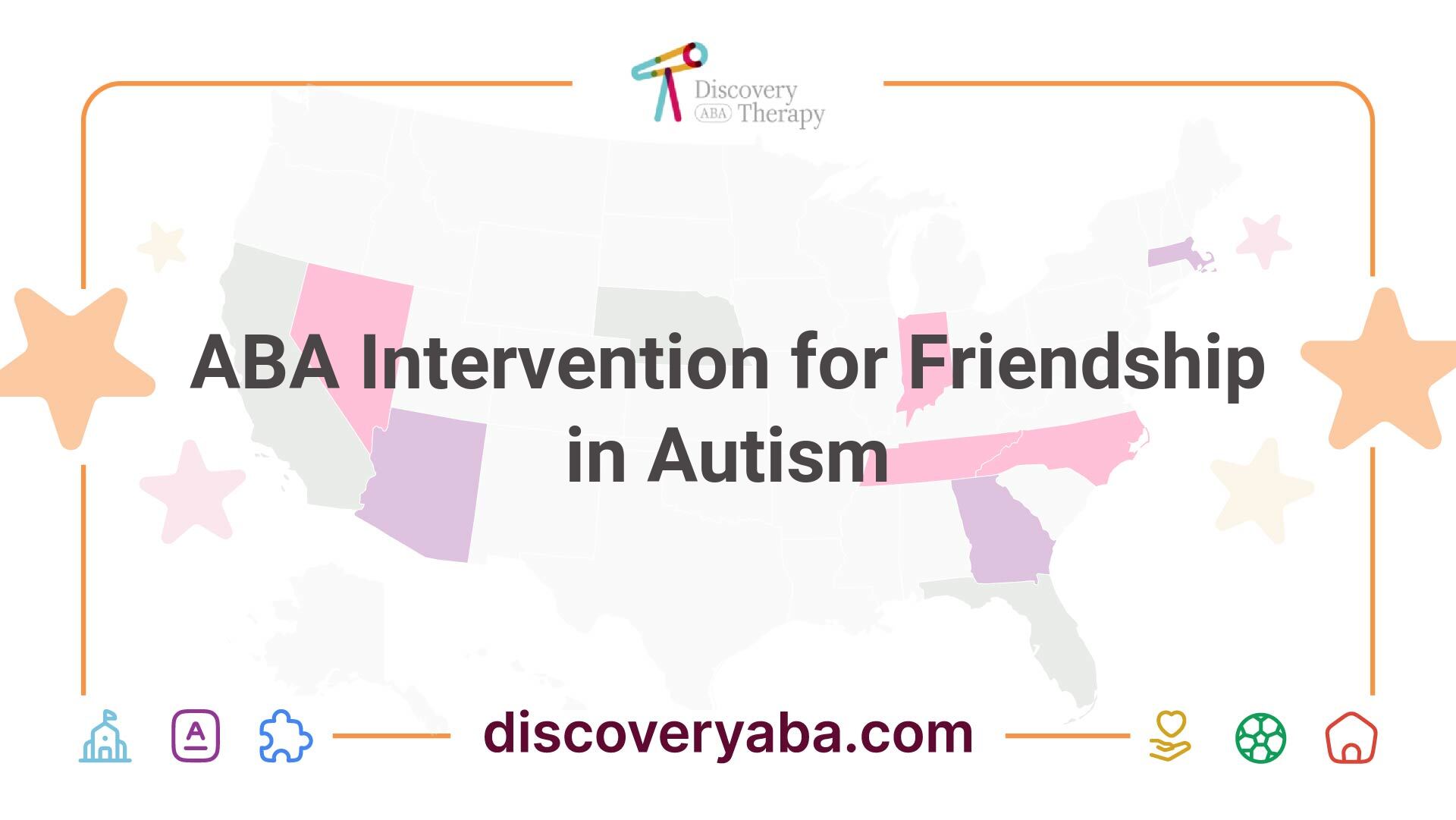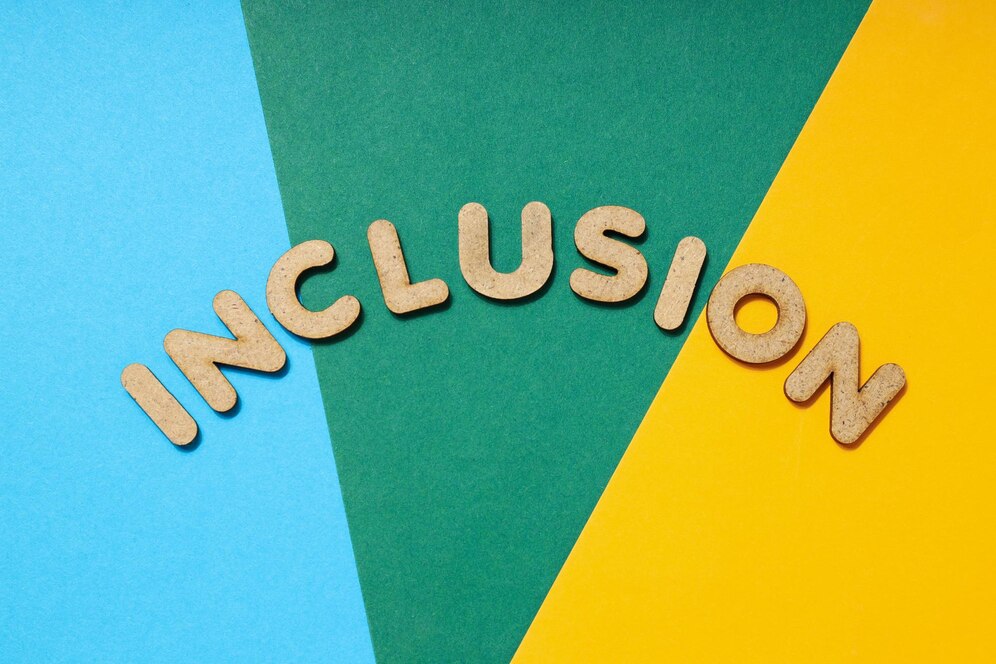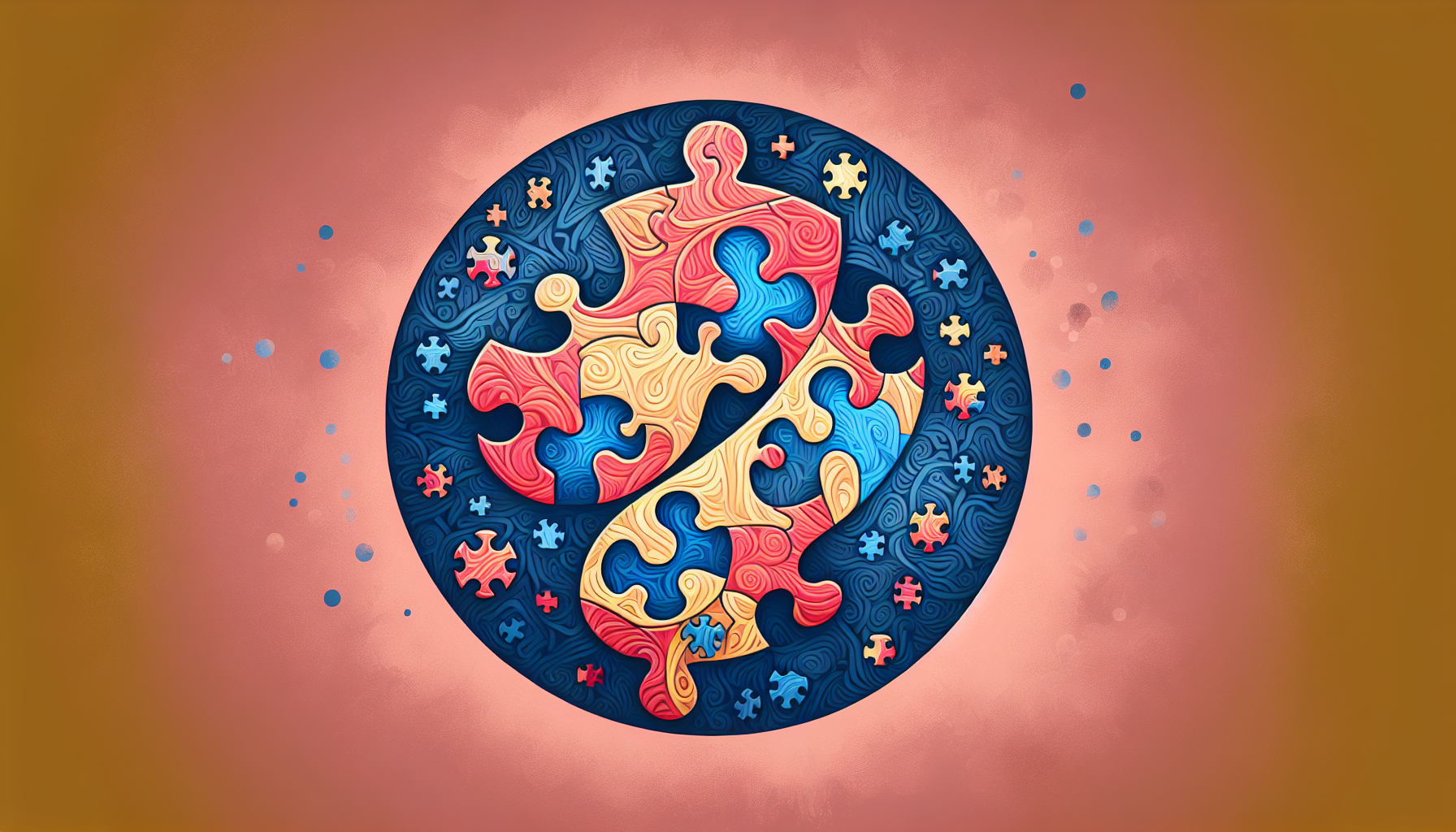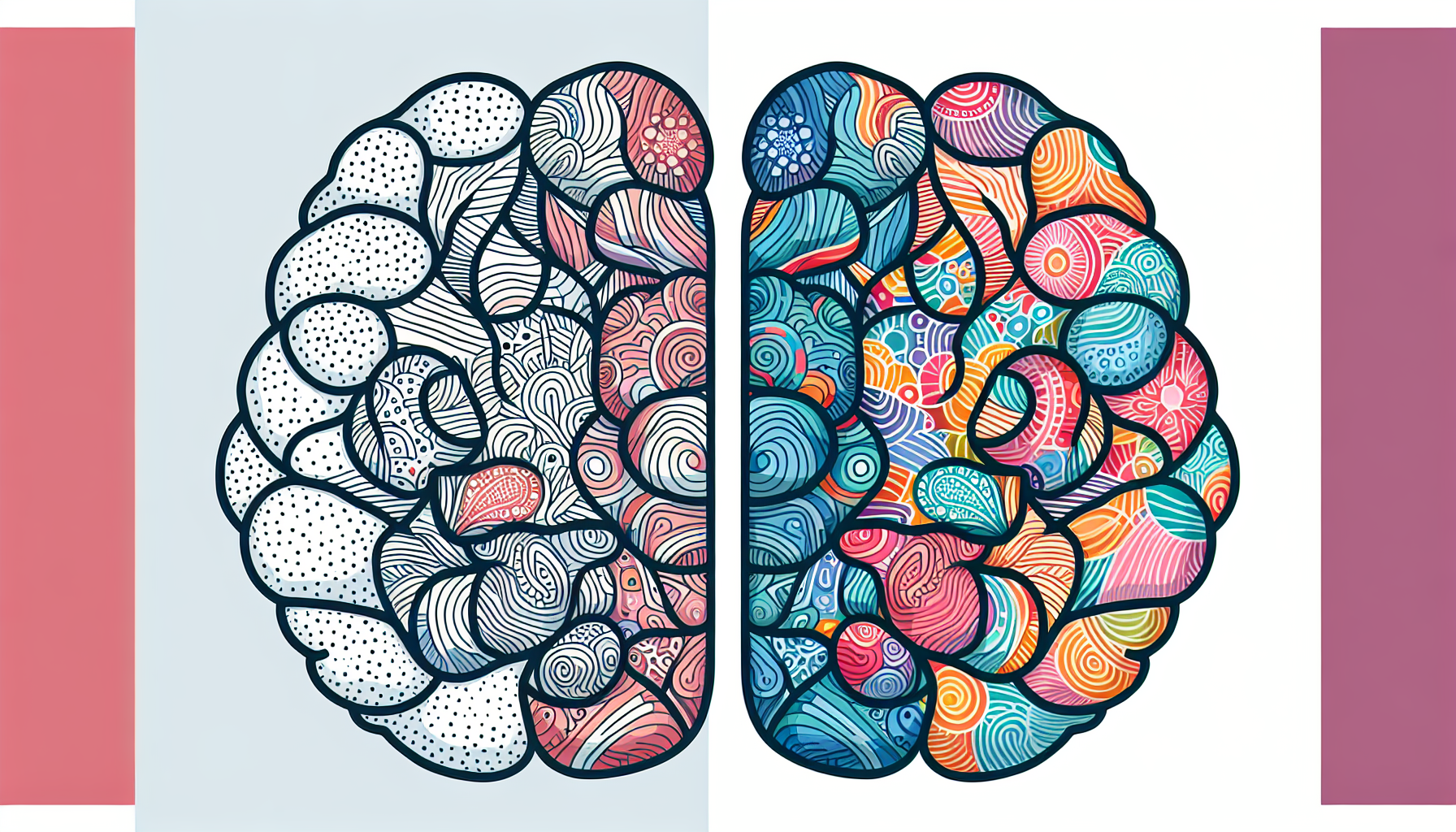Addressing the Needs of People with Autism
Unlocking the needs of individuals with autism: from social skills to sensory sensitivities, discover how to build bridges of support.
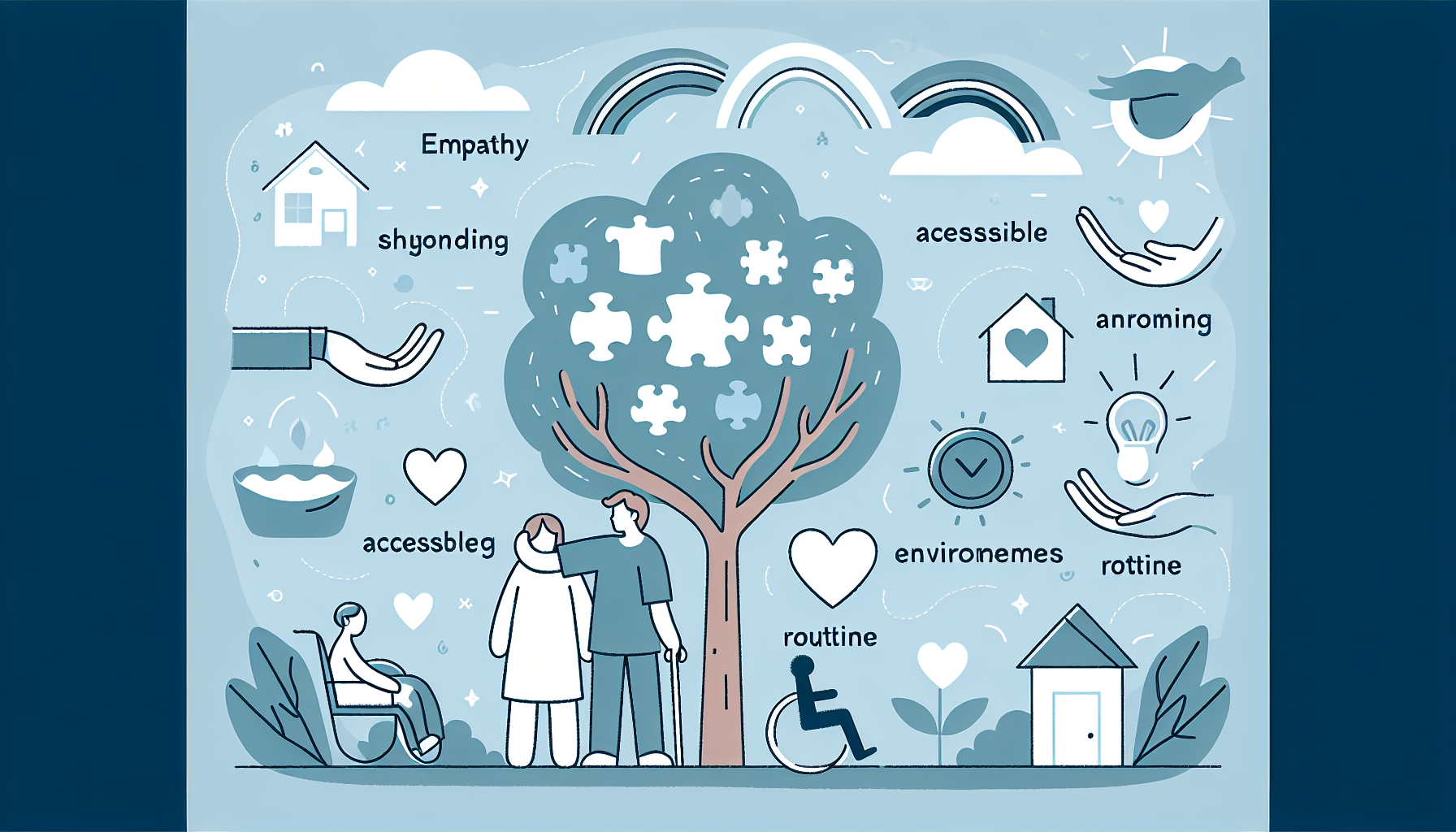
Understanding Autism Needs
When it comes to understanding the needs of individuals with autism, it's important to recognize the challenges they may face in social interaction and the strategies that can support their social skills development.
Social Interaction Challenges
People with autism often have difficulties with social interaction, including interpreting other people's behavior and knowing how to behave around others. This can impact their ability to build relationships, manage conflict, and navigate social situations.
Students with autism may have the desire to interact with others but may lack the necessary skills to engage appropriately or may feel overwhelmed by the process. Some individuals with autism are painfully aware of their social deficits and may avoid interactions, even though they desire to connect with others.
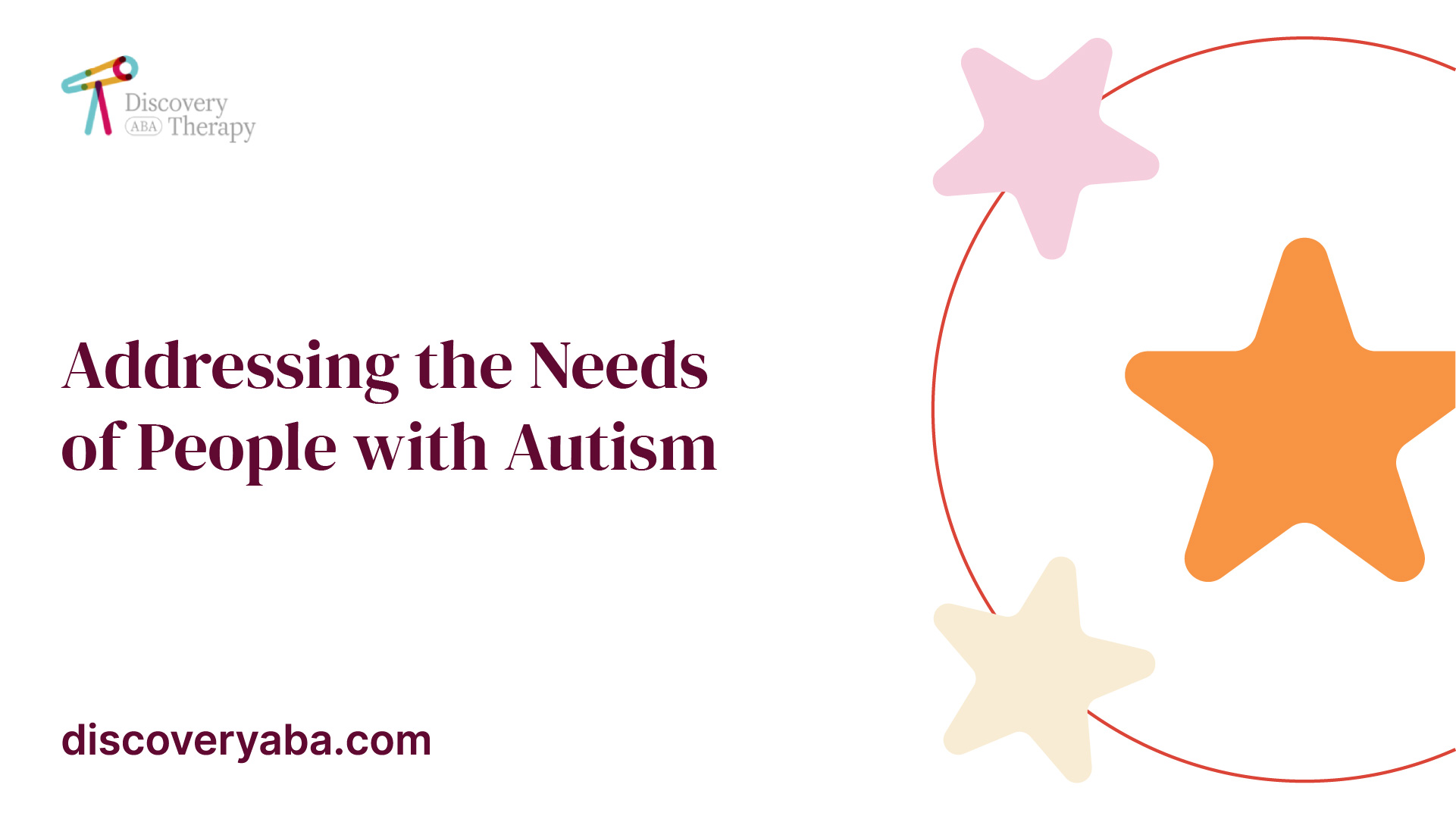
Strategies for Social Skills Development
Social development in individuals with autism encompasses a variety of skills, such as timing and attention, sensory integration, and communication. These skills can be cultivated and enhanced to improve social competence. Building social competence in individuals with autism can lead to increased interest and participation in social interactions.
To support individuals with autism in developing their social skills, various strategies can be employed. The Autism Speaks School Community Tool Kit provides valuable resources for educators and parents to support social interaction development in individuals with autism. Some strategies that can be effective include:
- Visual Supports: Visual aids, such as social stories, visual schedules, and video modeling, can help individuals with autism understand social expectations and navigate social situations.
- Social Skills Training: Structured social skills training programs can teach individuals with autism specific social skills, such as initiating conversations, making eye contact, and recognizing nonverbal cues.
- Role-Playing: Role-playing scenarios can provide individuals with autism the opportunity to practice social interactions in a safe and controlled environment. This can help build confidence and improve social competence.
- Peer Mentoring: Pairing individuals with autism with neurotypical peers can provide opportunities for social interaction and modeling of appropriate social behaviors.
- Group Activities: Participating in group activities, such as clubs, sports teams, or social skills groups, can provide individuals with autism the chance to practice social skills in a supportive and structured setting.
By understanding the social interaction challenges faced by individuals with autism and implementing strategies for social skills development, we can help foster their social growth and enhance their overall quality of life.
Support for Adults with Autism
As individuals with autism transition into adulthood, it is crucial to provide them with the necessary support and resources to help them navigate their unique needs. Here, we will explore two important aspects of support for adults with autism: resources and financial support and planning.
Resources for Autistic Adults
There are numerous resources available to support autistic adults in various aspects of their lives. Organizations like Autism Speaks work diligently to identify solutions that address the diverse needs of adults with autism. They provide valuable information on topics such as therapy options, employment, housing resources, and safety in the community [3].
The available resources cover a wide range of important topics for autistic adults. They include information on getting diagnosed, understanding their rights, navigating adult services, and finding employment opportunities. Additionally, specific resources and networks, such as the Autism Employment Network, Housing & Residential Supports Network, and Transition to Adulthood Network, aim to assist individuals with autism in finding appropriate services and support [3].
Autism Speaks also provides a Housing & Residential Supports Tool Kit, funding information related to housing, and guidance on safety in the community for individuals with autism seeking to live independently. These resources empower autistic adults and their families to make informed decisions and access the support they need [3].
Financial Support and Planning
Families and individuals affected by autism often face additional expenses to meet their unique needs. This can lead many to seek financial assistance. Autism Speaks provides a variety of resources to aid in the search for financial support. They offer information on disability benefits, insurance coverage, and planning for the future. These resources help individuals and families navigate the financial aspects of autism, ensuring that they can access the support they need.
By providing resources and guidance on financial support, individuals with autism and their families can better understand the available options. This includes information on disability benefits, government programs, and financial planning tools. Access to these resources helps alleviate financial burdens and enables individuals with autism to focus on their well-being and personal growth.
Support for adults with autism is essential for their overall well-being and success in various aspects of life. By accessing the appropriate resources and financial support, autistic adults can lead fulfilling lives, achieve their goals, and thrive within their communities.
Managing Anxiety and Stress
Individuals with autism often experience heightened anxiety and stress due to various factors related to their condition. Understanding and addressing these challenges is crucial for providing effective support. Two key aspects to consider in managing anxiety and stress in individuals with autism are sensory sensitivities and transition planning.
Sensory Sensitivities
People with autism may have sensitivities to bright lights, certain sounds, smells, textures, and tastes. These sensory sensitivities can cause discomfort and overwhelm, leading to increased anxiety and stress. It is important to recognize and understand these sensitivities to create a supportive environment.

To address sensory sensitivities, accommodations can be made to modify the environment and provide tools/strategies tailored to individual needs. This may involve creating a calm and quiet space, using noise-canceling headphones, providing gentle lighting, and using sensory-friendly materials. By accommodating sensory sensitivities, individuals with autism can feel more comfortable and experience reduced anxiety and stress.
Transition Planning
Change can be particularly challenging for individuals with autism due to their behavioral, information processing, and sensory aspects of the diagnosis [6]. Transition planning plays a vital role in helping individuals navigate upcoming changes in a safe and predictable manner.
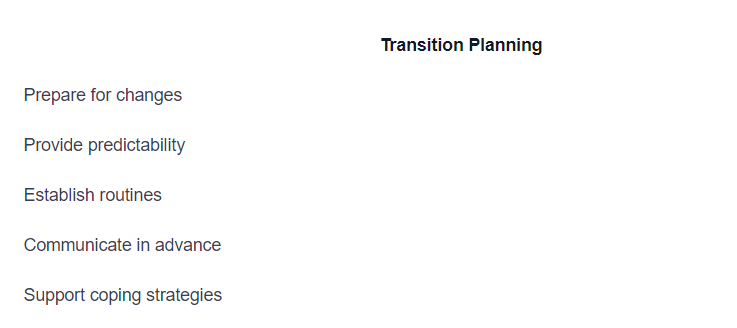
Transition planning involves preparing individuals for upcoming changes, whether they are daily transitions or major life transitions. By planning ahead and providing predictability, individuals with autism can better manage anxiety and stress associated with changes. Communication in advance about upcoming transitions and supporting the use of coping strategies can also contribute to a smoother transition process [6].
Vertical transitions, such as transitioning from one life phase to another, are particularly significant for individuals with autism. Providing strategies and support during these transitions can help build resilience, independence, and reduce stress and anxiety.
By addressing sensory sensitivities and implementing effective transition planning, it is possible to help individuals with autism effectively manage anxiety and stress. Understanding their unique needs and providing appropriate support can contribute to their overall well-being and quality of life.
Communication Challenges
Communication challenges are a hallmark of autism, affecting both language abilities and social communication skills. Understanding these challenges is crucial in providing appropriate support and addressing the needs of individuals with autism.
Language Difficulties
Autistic individuals without intellectual disability often experience difficulties in various aspects of language, including vocabulary, expressive grammar, semantics, and pragmatic language [7]. These difficulties can impact their social communication and contribute to reduced functionality and social skills.
Some of the specific language difficulties experienced by individuals with autism include:
- Vocabulary: Autistic individuals may struggle with acquiring and using a wide range of words, making it challenging for them to express themselves effectively.
- Expressive Grammar: Difficulties with expressive grammar can manifest as errors in sentence structure, word order, and verb tense.
- Semantics: Understanding and interpreting the meaning of words and phrases can be challenging for individuals with autism, affecting their comprehension and expressive language skills.
- Pragmatic Language: Pragmatic language refers to the use of language in social contexts. Autistic individuals may struggle with understanding social cues, taking turns in conversations, and maintaining appropriate eye contact.
These language difficulties can lead to stress, frustration, and avoidance in communication situations [7]. It is important to provide support and accommodations that facilitate effective communication for individuals with autism.
Social Communication Skills
In addition to language difficulties, autistic individuals without intellectual disability may face challenges in social communication. Subtle language and communication difficulties can impact social relationships, making it difficult to create new friendships, maintain relationships, and adapt to changing relationship dynamics [7].
Some of the challenges related to social communication skills in autism include:
- Nonverbal Communication: Difficulties in understanding and using nonverbal cues, such as body language, facial expressions, and gestures, can affect the ability to interpret social situations accurately.
- Social Pragmatics: Autistic individuals may struggle with understanding and using social rules and norms, leading to difficulties in initiating and maintaining conversations, taking turns, and adjusting communication style based on the context.
- Theory of Mind: Theory of mind refers to the ability to understand and attribute mental states to oneself and others. Autistic individuals may have challenges in perspective-taking, understanding others' thoughts, beliefs, and intentions, which can impact their social interactions.
These communication challenges can result in social pressure, negative emotional responses, and difficulties in navigating social interactions. Supporting individuals with autism in developing social communication skills can greatly enhance their quality of life and overall well-being.
Understanding and addressing the communication challenges faced by individuals with autism is essential for creating inclusive environments and providing appropriate support. By recognizing the specific difficulties in language and social communication, we can work towards building bridges of support and promoting effective communication for individuals with autism.
Sensory Issues in Autism
Individuals with autism often experience sensory sensitivities, which can significantly impact their daily lives. Understanding these sensitivities and implementing coping strategies is essential in addressing the needs of people with autism.
Types of Sensory Sensitivities
People with autism may have sensitivities to various sensory stimuli, including bright lights, certain sounds, smells, textures, and tastes. These sensitivities can lead to avoidance behaviors, such as pulling away from physical touch, covering ears to avoid loud sounds, or avoiding certain types of clothing.
Autistic individuals can experience both hypersensitivity (over-responsiveness) and hyposensitivity (under-responsiveness) to different sensory input. This can manifest as behaviors like a constant need for movement, difficulty identifying sensations like hunger or pain, or attraction to loud noises, bright lights, and vibrant colors.
Understanding the specific sensory sensitivities of individuals with autism is crucial in creating supportive environments and providing appropriate accommodations.
Coping Strategies for Sensory Overload
Sensory overload occurs when intense sensory stimuli overwhelm the coping ability of individuals with autism. This overload can lead to intense anxiety, a need to escape the situation, or difficulty communicating. In some cases, it may result in shutting off functions like speech, decision-making, and information processing.
To help individuals with autism cope with sensory overload, it is essential to implement effective strategies. Here are some commonly used coping strategies:
- Sensory breaks: Providing designated areas or times for individuals to retreat and recharge in a calm and quiet environment can help prevent sensory overload.
- Use of sensory tools: Utilizing sensory tools like weighted blankets, fidget toys, noise-canceling headphones, or sensory-friendly items can provide comfort and help regulate sensory input.
- Visual supports: Visual schedules, social stories, and visual cues can aid in understanding and preparing for sensory experiences, reducing anxiety and promoting self-regulation.
- Accommodating stimming: Stimming, or self-stimulatory behaviors, is a common way for individuals with autism to regulate their sensory systems. It is important to create an inclusive environment that allows for stimming without judgment or suppression, as it can help individuals stay calm, relieve stress, and block uncomfortable sensory input [5].
- Environmental modifications: Modifying the environment to reduce sensory stimuli, such as using dimmer lighting, softening sound levels, or providing alternative seating options, can help individuals with autism navigate their surroundings more comfortably.
By understanding and accommodating the sensory issues in individuals with autism, we can create supportive environments and enhance their opportunities for learning, socializing, and participating in the community. Accommodations may involve modifying the environment, using tools and strategies, and creating new habits or routines tailored to individual sensory needs [5].
Addressing Behavioral Challenges
Individuals with autism spectrum disorder (ASD) often face pervasive challenges that impact various aspects of their functioning. These challenges can range from social interaction difficulties to communication issues, repetitive behaviors, restricted interests, and more. It is crucial to understand these core challenges in order to provide appropriate support and create a supportive environment for individuals with ASD.
Core Challenges in ASD
The challenges experienced by individuals with ASD can be all-encompassing and vary based on the severity of autism and the individual's age. Some of these challenges include:
- Aggression: Some individuals with ASD may exhibit aggressive behaviors, which can pose challenges for both the individual and those around them.
- Self-injury: Self-injurious behaviors, such as hitting oneself or banging one's head, can be a manifestation of the difficulties individuals with ASD face.
- Social and communication problems: One of the hallmark challenges of ASD is impaired social interaction and communication skills. Difficulties in understanding and using language, interpreting nonverbal cues, and engaging in reciprocal conversations can hinder social interactions.
- Repetitive behaviors: Many individuals with ASD engage in repetitive behaviors, such as repetitive movements (e.g., hand flapping) or rigid adherence to routines. These behaviors can serve as a way to cope with anxiety or sensory sensitivities.
- Restricted interests: Individuals with ASD often develop intense interests in specific topics or activities, sometimes to the exclusion of other activities. These restricted interests can become a source of enjoyment and comfort.
- Psychiatric conditions: Individuals with ASD may also experience co-occurring psychiatric conditions, such as anxiety, depression, or attention-deficit/hyperactivity disorder (ADHD).
Creating Supportive Environments
To address the behavioral challenges faced by individuals with ASD, it is crucial to create supportive environments that cater to their unique needs. A supportive environment should:
- Foster understanding and acceptance: It is important for family members, teachers, healthcare professionals, and society as a whole to gain insights into the challenges faced by individuals with ASD. By understanding their experiences, we can provide better support and create an inclusive environment.
- Promote sensory accommodations: Sensory sensitivities are common among individuals with ASD. Providing accommodations such as quiet spaces, sensory-friendly materials, and the opportunity to engage in sensory regulation techniques can help reduce sensory overload and distress.
- Encourage structured routines: Establishing predictable routines and visual schedules can provide a sense of security and help individuals with ASD navigate their daily activities more effectively.
- Implement effective communication strategies: Individuals with ASD may benefit from alternative communication methods, such as visual supports, augmentative and alternative communication (AAC) devices, or social stories, to aid in their understanding and expression of thoughts and feelings.
- Offer individualized support: Recognizing that each individual with ASD is unique, tailored support plans should be developed to address their specific strengths and challenges. This may involve collaborating with professionals, such as behavioral therapists or speech-language pathologists, to provide specialized interventions.
By addressing the core challenges faced by individuals with ASD and creating supportive environments, we can help enhance their quality of life and promote their overall well-being. It is essential to foster a society that embraces and supports individuals with ASD, allowing them to thrive and reach their full potential.
References
- https://thespectrum.org.au/autism-strategy/social-interaction/
- https://www.autismspeaks.org/tool-kit-excerpt/autism-and-social-skills-development
- https://www.autismspeaks.org/resources-autistic-adults
- https://www.autismspeaks.org/financial-autism-support
- https://www.autismspeaks.org/sensory-issues
- https://www.autismtas.org.au/about-autism/common-challenges/
- https://www.ncbi.nlm.nih.gov/pmc/articles/PMC8814951/
- https://www.kennedykrieger.org/stories/interactive-autism-network-ian/challenging-behaviors
Find More Articles
Contact us
North Carolina, Tennessee, Nevada, New Jersey, Utah, Virginia
New Hampshire, Maine
Massachusetts, Indiana, Arizona, Georgia
.avif)





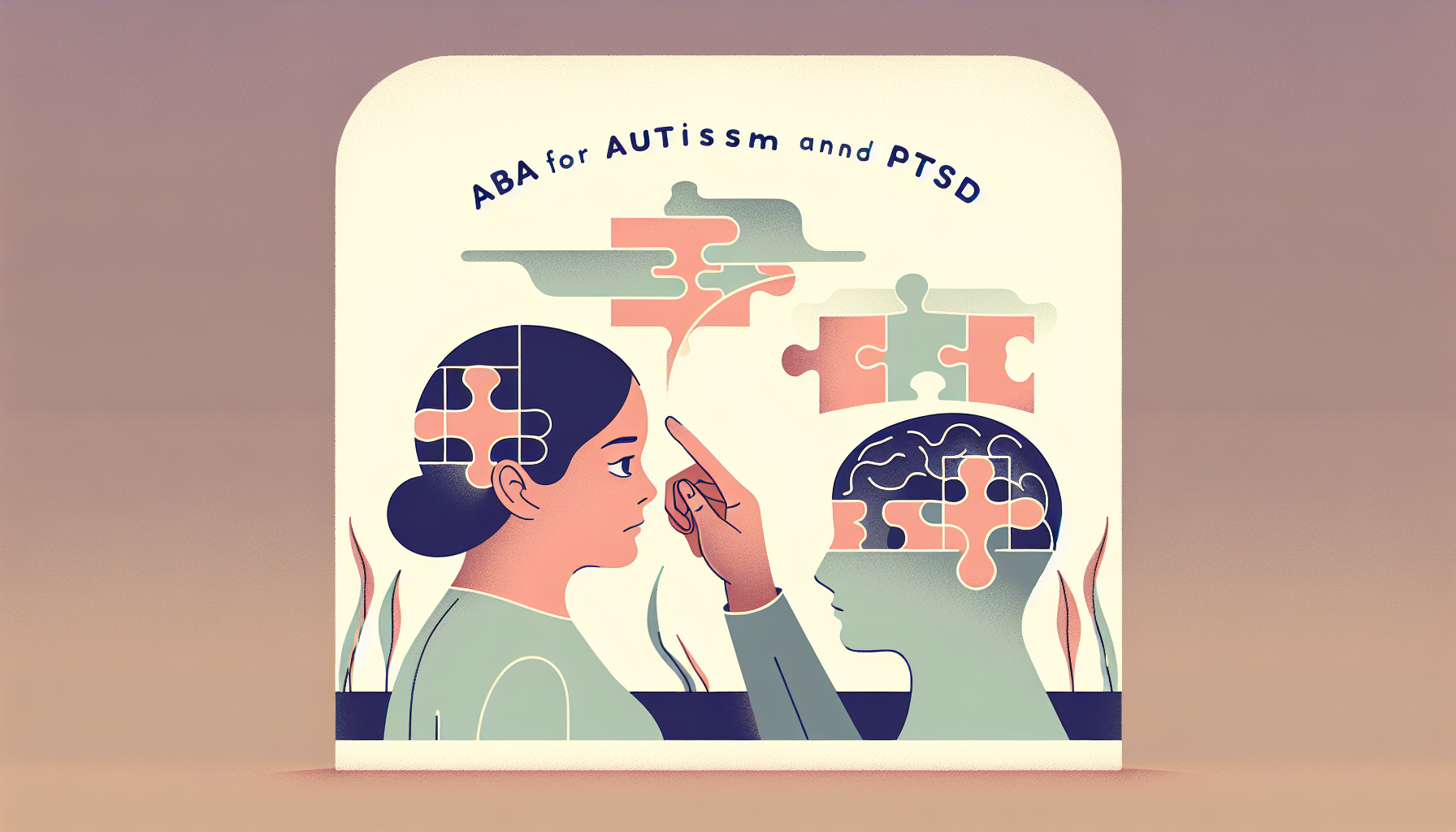
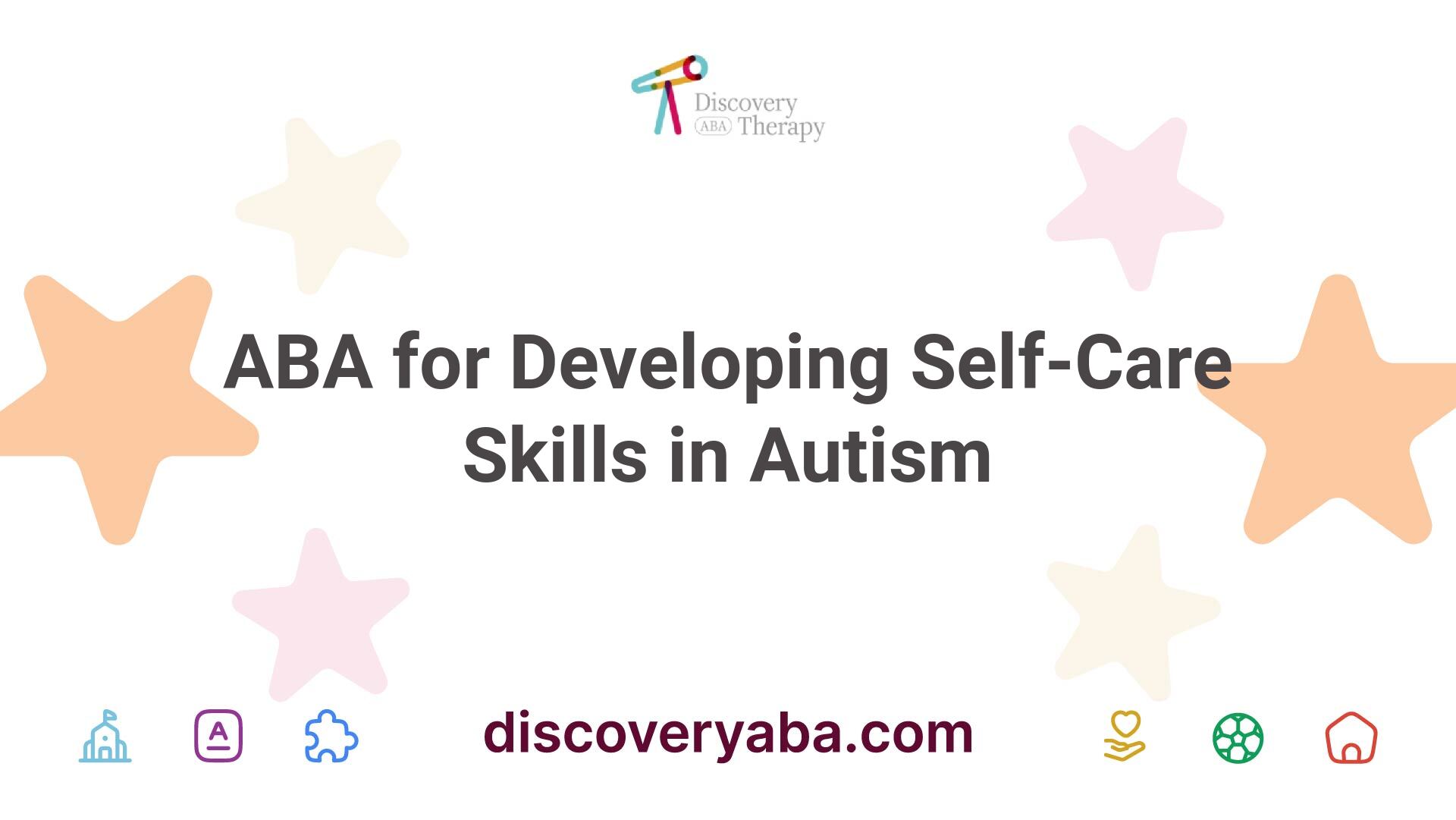
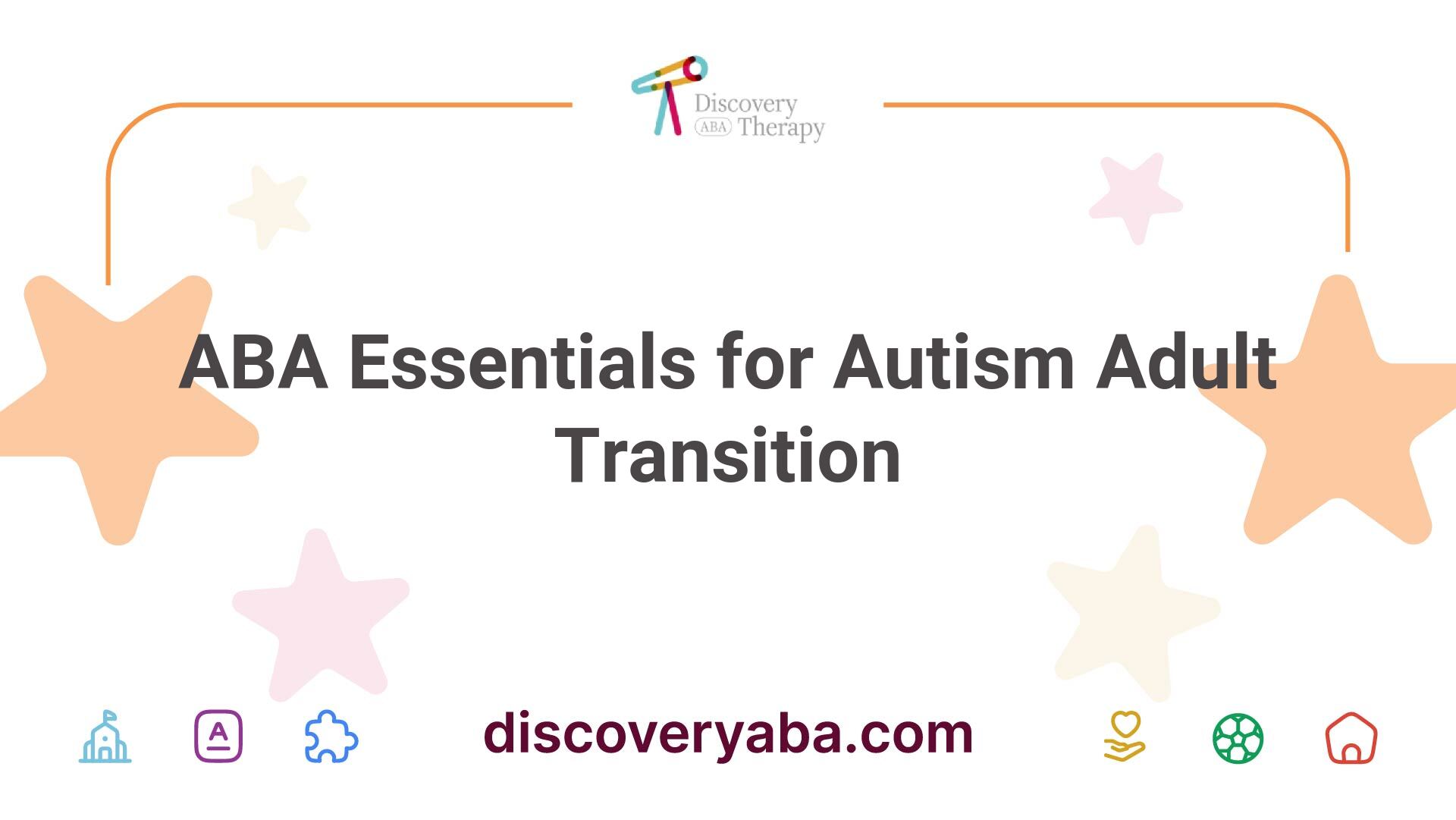





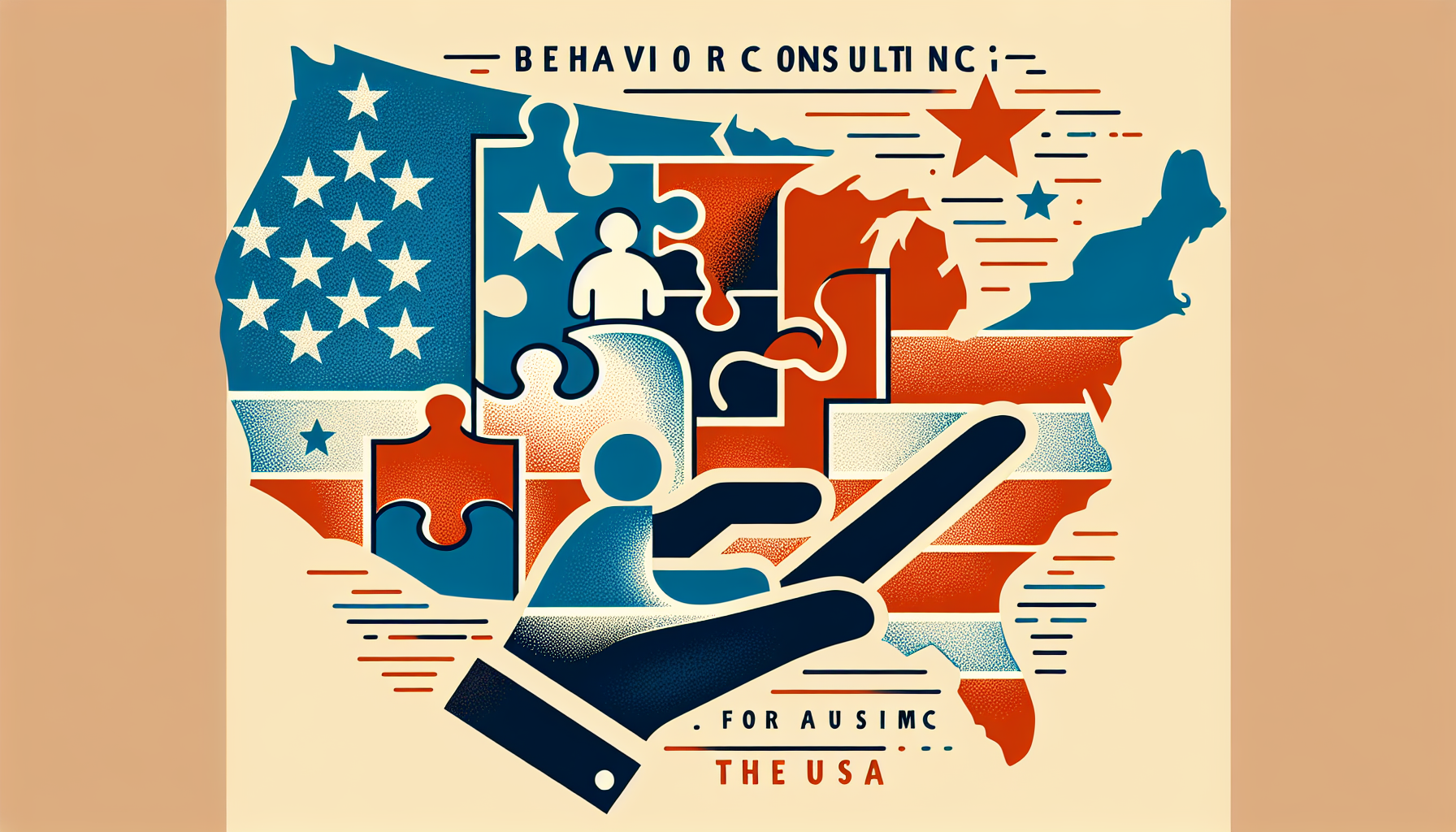



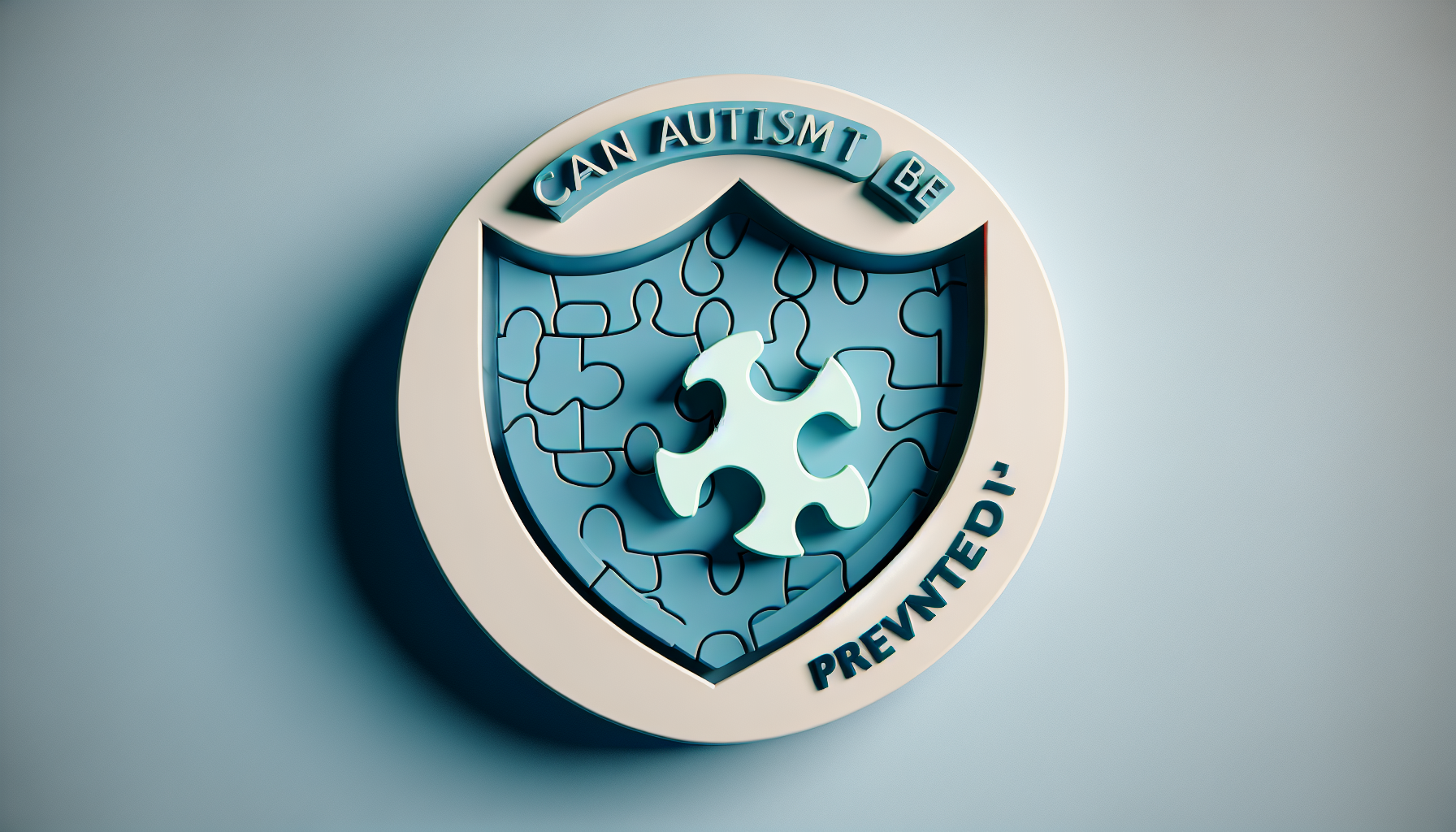






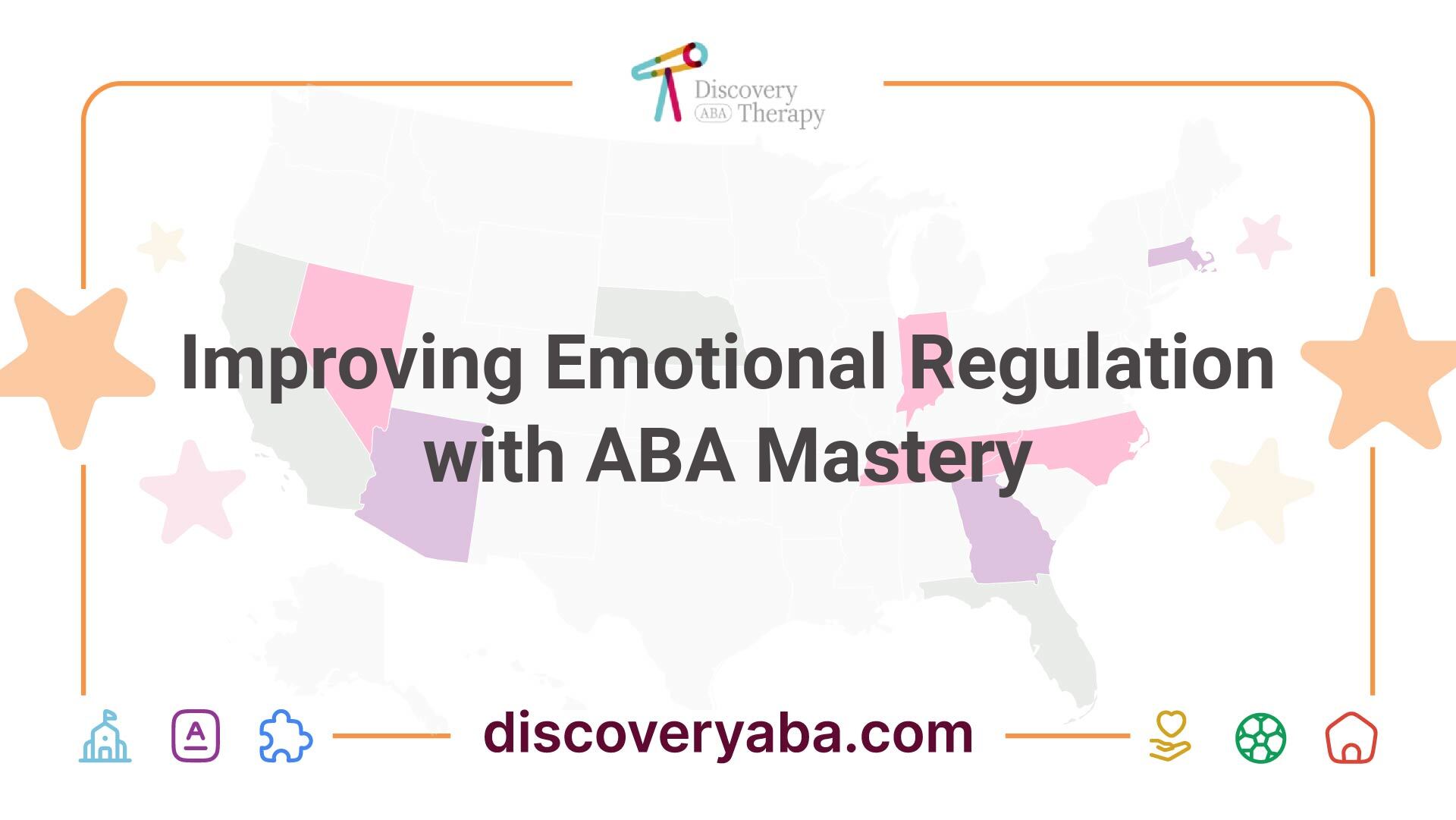




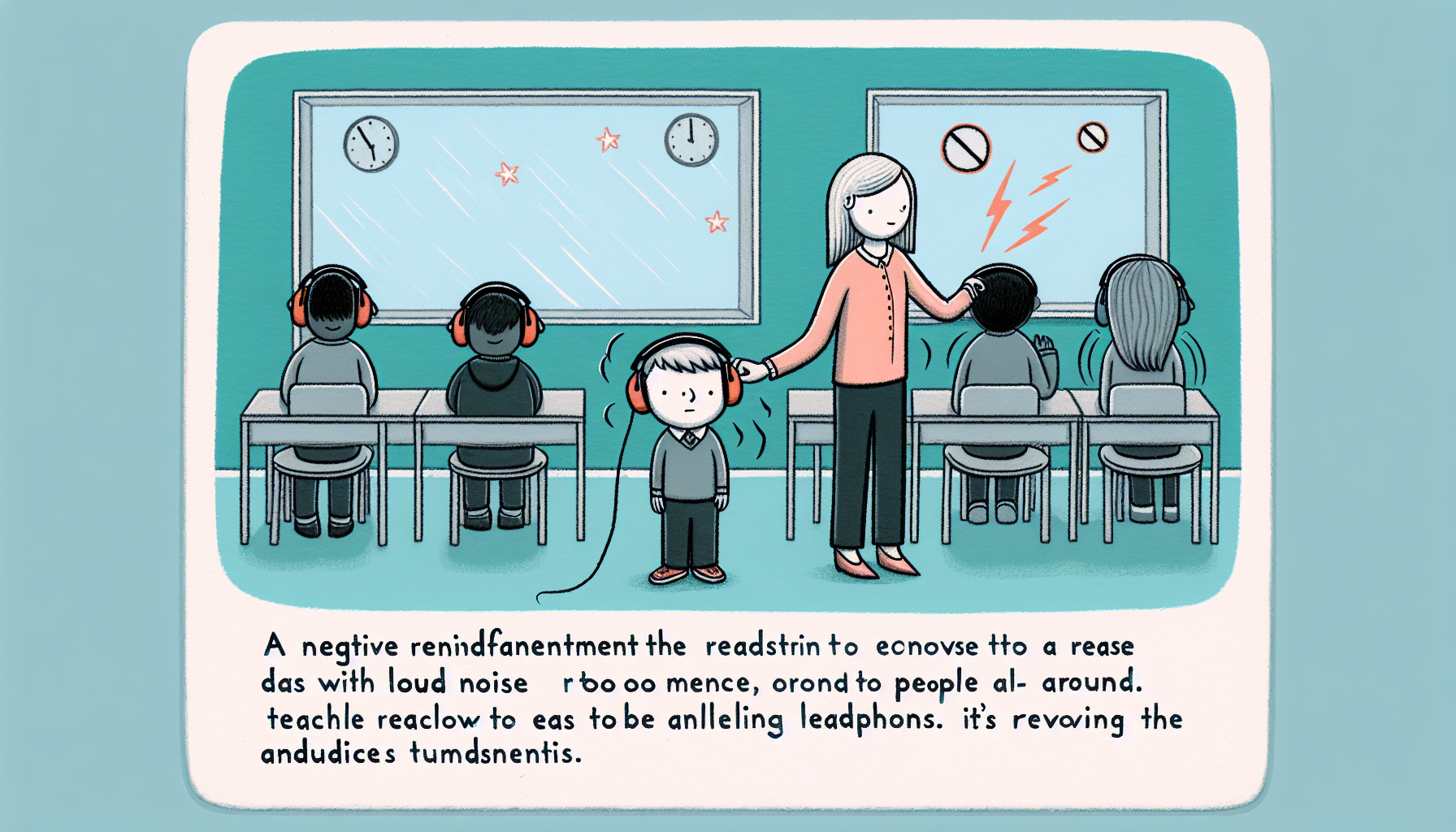
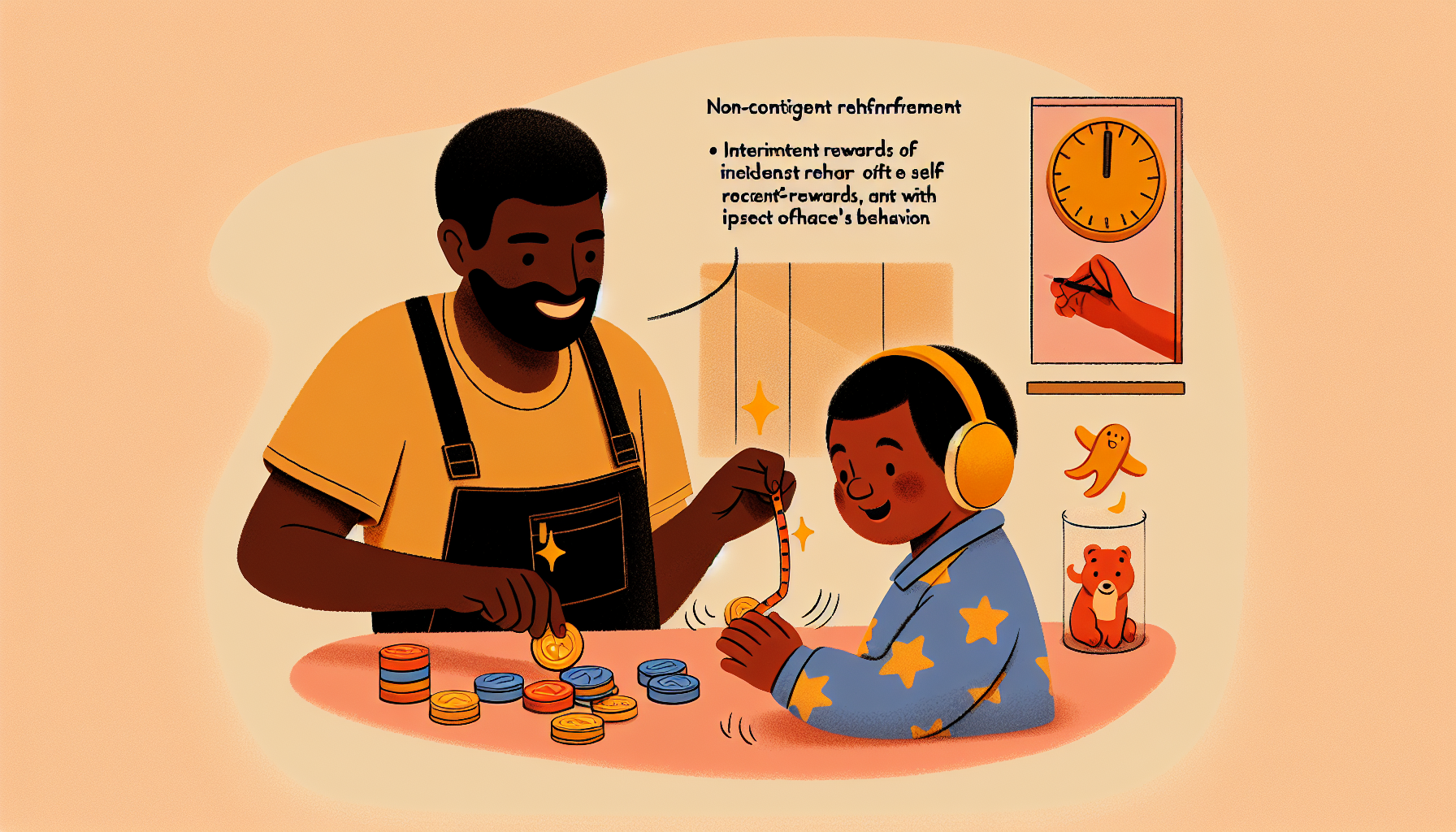
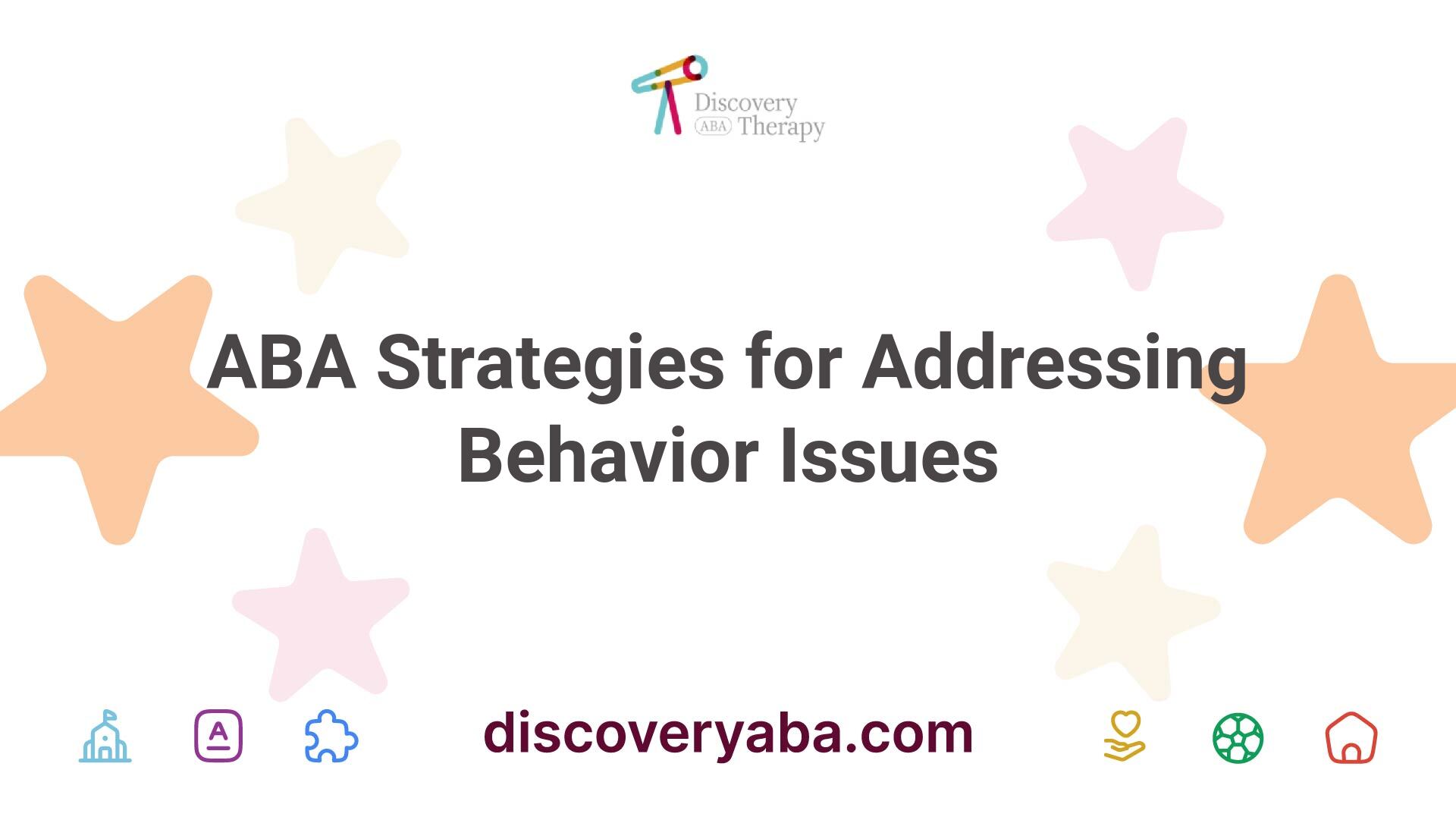




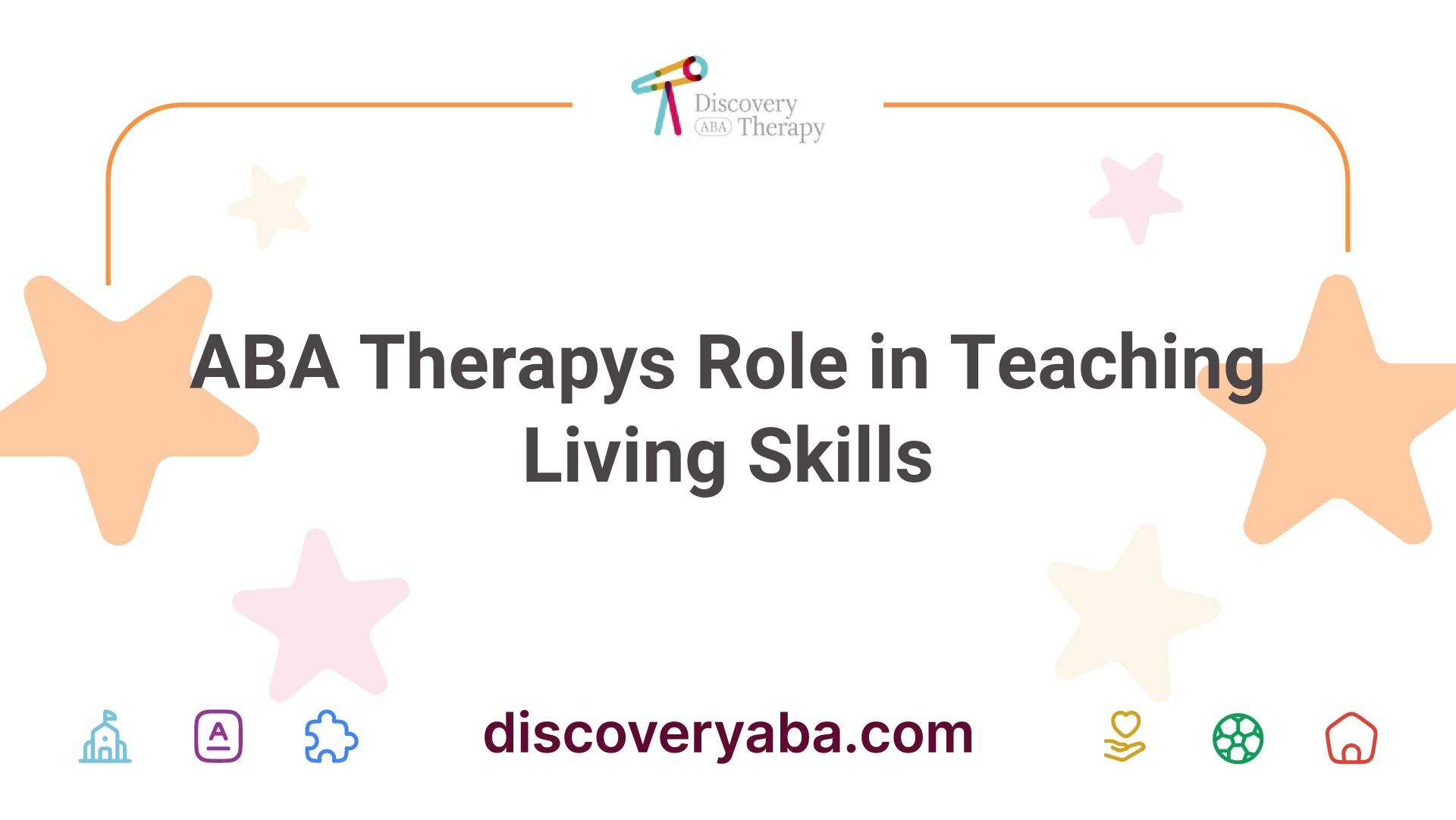
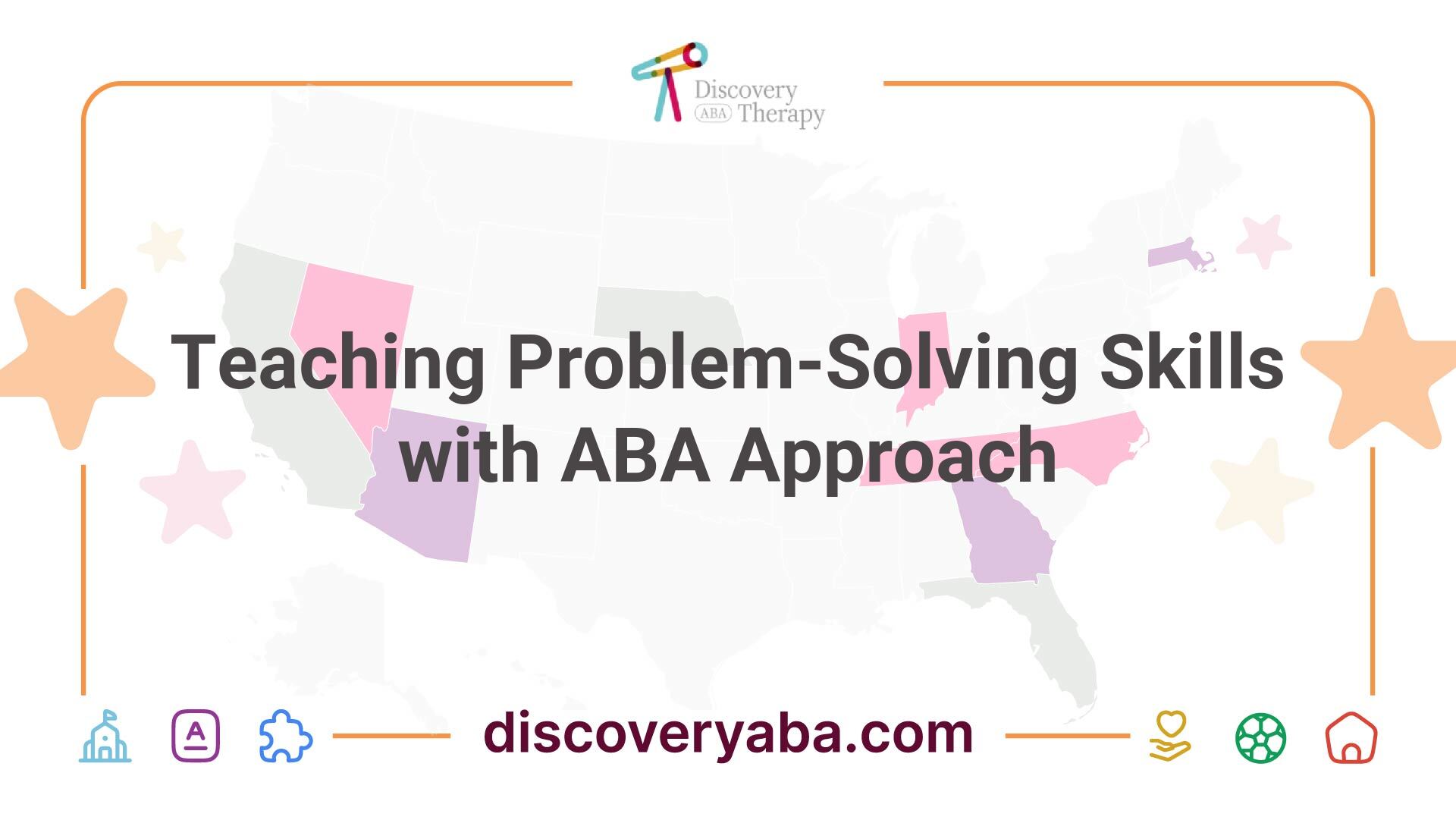





.jpeg)


























